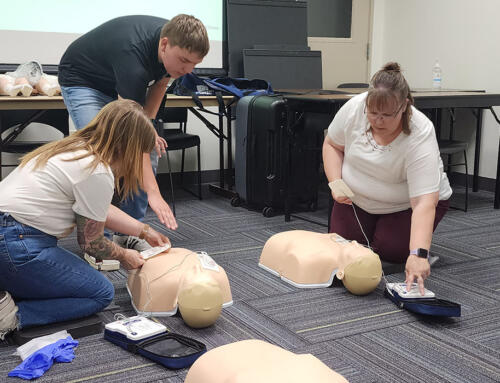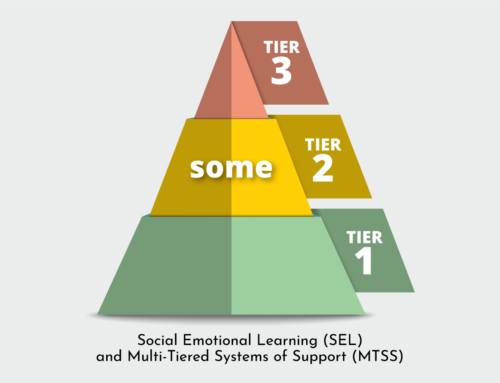The personal and economic toll of eye injuries at work is alarming. According to the U.S. Bureau of Labor Statistics, more than 20,000 workplace eye injuries happen each year. Injuries on the job often require one or more missed workdays for recovery. In fact, the Occupational Safety and Health Administration (OSHA) reports that workplace eye injuries cost an estimated $300 million a year in lost productivity, medical treatment, and worker compensation.
The most important thing you can do to protect your vision at work is to always wear appropriate protective eyewear, which can prevent more than 90 percent of serious eye injuries.
Common causes for eye injuries are:
- Flying objects (bits of metal, glass)
- Tools
- Particles
- Chemicals
- Any combination of these or other hazards
There are three things you can do to help prevent an eye injury:
- Know the eye safety dangers at work
- Eliminate hazards before starting work. Use machine guarding, work screens or other engineering controls
- Use proper eye protection
Wear protective eyewear whenever there is a chance of eye injury. Anyone working in or passing through areas that pose eye hazards should wear protective eyewear.
The type of safety eye protection needed depends on the hazards in your workplace and should be compliant with regulations for eye and face protection. If you are working in an area that has particles, flying objects or dust, you must at least wear safety glasses with side protection (side shields). If you are working with chemicals, you should wear goggles. If you are working near hazardous radiation (welding, lasers or fiber optics) you must use special-purpose safety glasses, goggles, face shields or helmets designed for that task.
Always be sure your eye safety wear has been approved by the American National Standards Institute (ANSI) to meet their eye protection standards.
If an eye injury occurs, see an ophthalmologist or go to the emergency room immediately, even if the eye injury appears minor. Delaying medical attention can result in permanent vision loss or blindness.





 ESD 112 equalizes educational opportunities for learning communities through innovative partnerships, responsive leadership, and exceptional programs.
ESD 112 equalizes educational opportunities for learning communities through innovative partnerships, responsive leadership, and exceptional programs.